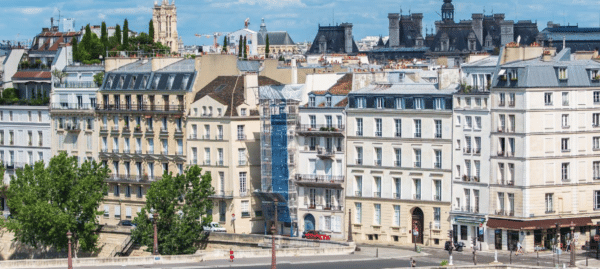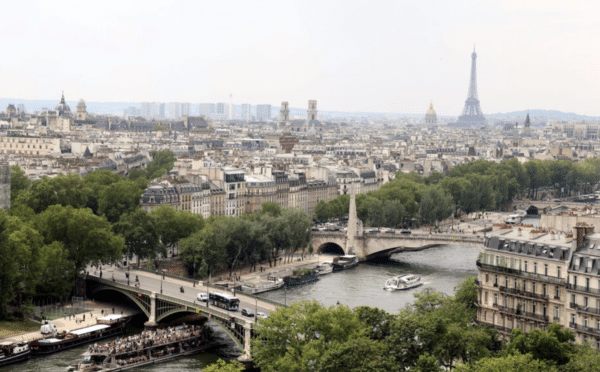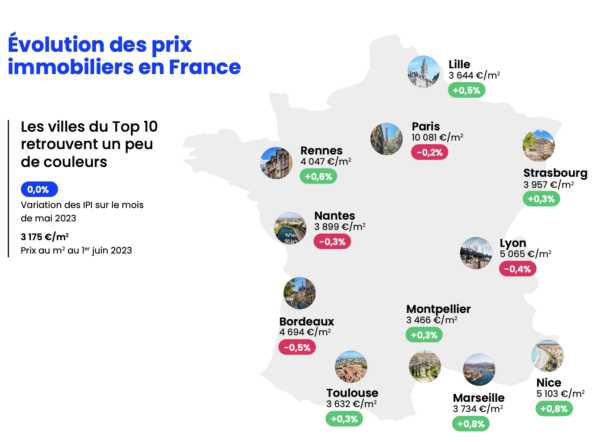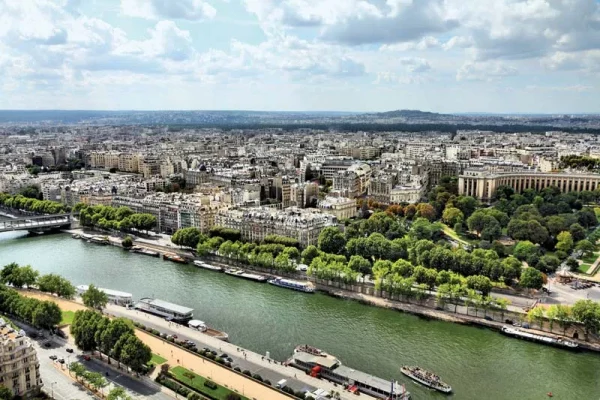Expert Insight, Breaking News, and Insider Stories on Real Estate in Paris
After a shaky two years, Rennes’ real estate market straightens out
Sales volumes are rising again in Rennes, despite prices remaining relatively high in the city center. The suburbs and surrounding towns, however, see their property prices dropping, offering advantageous investment opportunities.
Capital of the Brittany region and of the Ille-et-Vilaine department, Rennes’ real estate market is on a slow path to recovery. The northwestern metropolis has seen its property prices decline in the periphery — especially so in city’s the southern districts — all the while remaining resolutely high in the city center. This is especially true of new apartments with elevators, garages and other attractive amenities.
Rennes still ranks amongst France’s most expensive cities with price per square meter remaining high, at 2500 euros for apartments and over 3100 euros for houses. To the east of the city, quality houses with land are being sold for over 500,000 euros, but cheaper lodgings are available in the northern periphery where large apartments remain affordable.
The region as a whole exhibits widening disparities. In Callac — the cheapest city in Brittany — the average price for a home is 50,000 euros, against 433,000 euros in La Trinité-sur-Mer, the region’s most expensive town.
CEO of the Kermarrec real estate agency Hervé Kermarrec observes that the time between a property going up on the market and being bought increased significantly in 2014: ‘it went from 70 days in 2013 to 82 in 2014’.
Kermarrec does however note some encouraging signs for 2015, such as the gradual “return of first-time buyers” — encouraged no doubt by exceptionally low interest rates on mortgages — “as well as investors to the Rennes market”.
Once a small Gallic village named Condate, Rennes is now France’s tenth most populous metropolis as well as a major university city (with over 63,000 students in 2013)
Brittany’s second city (behind its eternal rival, Nantes) has been working hard of late to increase its appeal. Home to 210,000 residents and 11,000 companies — such as bakery giant Le Duff and video game developer Ubisoft — Brittany’s capital is one of France’s digital innovation centers. Indeed, it boasts of the first European science park focusing on new technologies, Rennes Atalante.
Over the past 20 years, the city has been the scene of multiple urban development projects, from eco-districts to the conversion of old barracks. To date, Rennes has no less than 34 areas undergoing renovations.
Moreover, the LGV — Ligne Grande Vitesse, or high-speed train line — expected in 2016, will make the future business district EuroRennes accessible from Paris in less than an hour and a half. A second metro line is scheduled for completion in 2019, however this factor has not yet had an impact on property sales in neighborhoods served by the new stops.
While the new housing sector has been suffering the past 18 months, the newly instated Pinel Law — with its advantageous tax provisions for rented property — seems to be slowly bringing back investors, but only in the periphery for now. The number of sales in this sector is still in decline and the average surface bought has decreased from 450 m2 a few years ago to 350 m2 today. The high cost of new construction can make renovation seem like a better bet to buyers, according to professionals. This is especially the case in rural areas far from the city or the shoreline.
Photo credit: Sokoljan / Wikimedia Commons
Contact Paris Property Group to learn more about buying or selling property in Paris.













